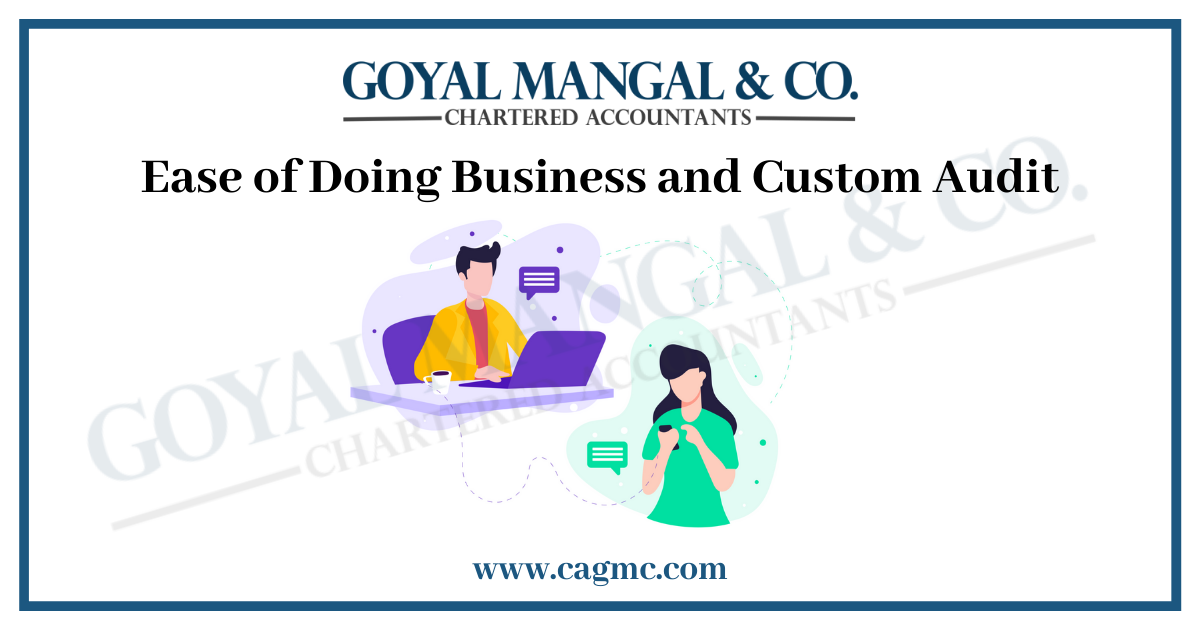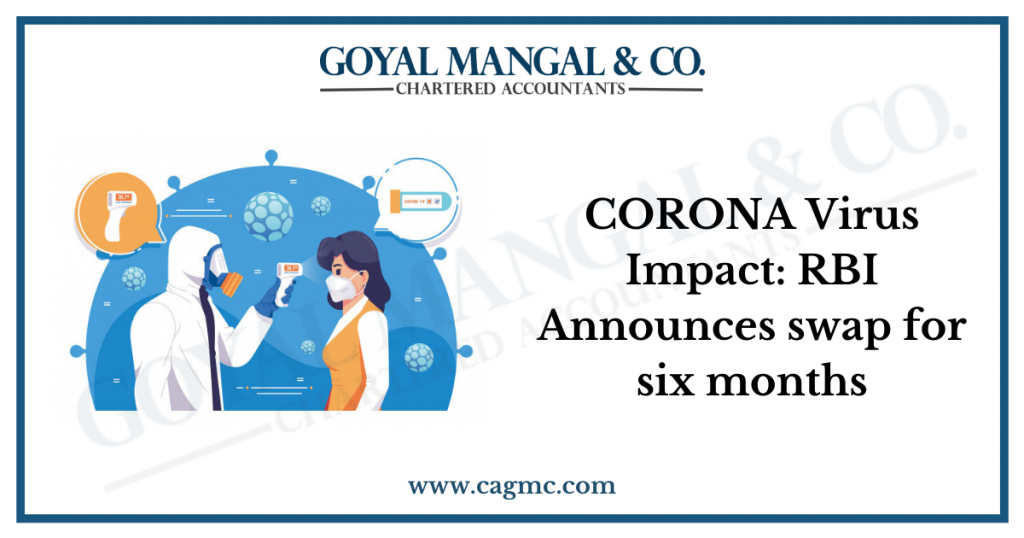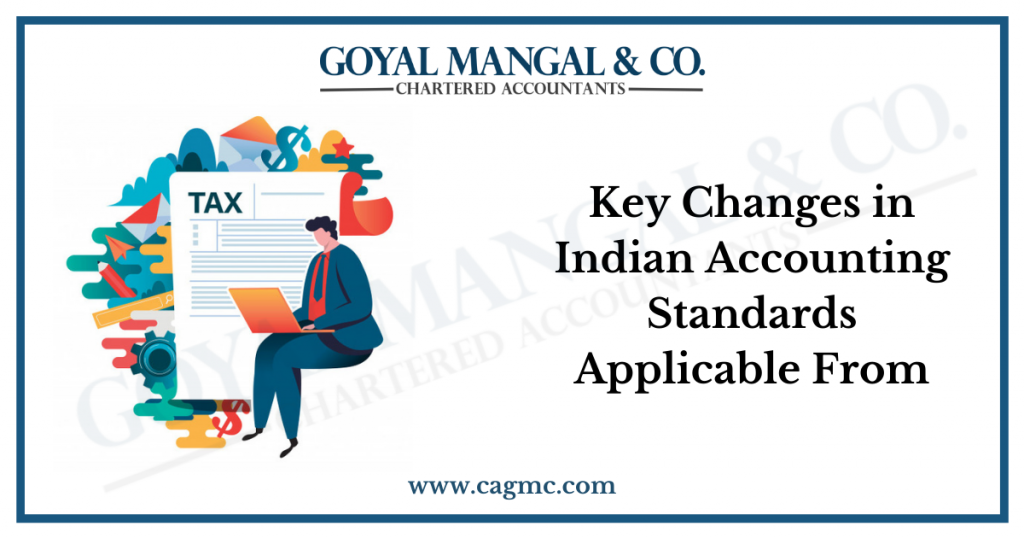
The very concept of ease of doing business was introduce by World Bank taking the survey from Delhi and Mumbai and later the same was introduced by Hon’ble Prime Minister of India to ensure and utilize the intellect of the nationals to invent and promote “Make in India” moment. The preeminent aspiration term behind this concept is to raise 25% in the GDP revenue by 2025. The “Make in India” has targeted 25 sectors to initiate the same.
| Table of Contents: |
Ease of Doing Business in India
The ease of doing business index is formulated index by World Bank which indicates the ease of doing business in a country. Though the concept of “Make in India” promotes new inventions, nevertheless it’s always subjective to the monetary hurdles and crises with regards the investment and to the substantial delay in custom clearance and transaction cost arising thereto. Thus, to avoid the custom crises and to increase the prospect innovation and development in the “Ease of Doing Business” the government has taken certain measures such as “Customer Centric Approach, Rationalising Tax, Optimisation of Risk Management Service, Reduction or Elimination of printouts in Customs Clearance (in case of import and exports), Electronic Notification etc” which will not only encourages the business owner rather increases the GDP of the nation.
To turn “Make in India” successful and to ease out the process of doing of business the government focuses on
- New process with the approved parameters of World Bank to improve India’s ranking.
- The Make in India concept focuses on 25 sectors for which the Government has allowed 100% of FDI in railway, defence and pharmaceutical etc.
- The Government focuses on developing smart cities with high tech technologies along with the development of infrastructure for training of the skilled force fof different sectors.
- With the concept of Make in India the Government herein intends to bring a paradigm shift with new innovation which eventually raises the revenue of the nation by contributing to the economy.
Governing Law
- Self-assessment in terms of Section 17 of Customs Act, 1962 as amendment in Section 17, 18, 46 and 50 of Customs Act, 1962.
- Introduction of On-Site Post Clearance Audit at the Premises of Importers and Exporters Regulation 2011.
- Auditing under Section 99A of Customs Act, 1962 (an amendment made through Financial Act, 2018) The proper officer may carry out the audit of assessment of imported goods or export goods or of an auditee under this Act either in his office or in the premises of the auditee in such as may be prescribed.
- FDI (in case of an investment from foreign entity or an individual)
Taxation policy
Taxation policy drives the monetary factor in developing the economic status of the country, thus ease of doing business and tax reforms go hand in hand.
- Starting a Business
- Payment of Taxes
- Trading Across Border
Introduction of eSANCHIT
The Single Window Interface for Facilitation of Trade (SWIFT) was initiated as a part of “Ease of Doing Business” to facilitate trading across borders in India.
Objective –
- To allow importers and exporters to file their clearing documents online with minimal interface with regular authorities and paperless process.
- To evaluate whether the initiative are resulting in simplification of procedure, standardization of process and harmonization of practice.
Usage – it’s an online application portal that allows a trader to submit all supporting documents such as clearance of consignment electronically with digital signature.
Initiatives taken by the Indian Customs to ensure “Ease of Doing Business”
- Authorized Economic Program (AEO) – Being governed and administrated by Central Board of Excise and Customs the features of AEO are as follows –
- Direct port delivery of imports to ensure just-in-time inventory management by manufacturers.
- Inclusion of direct port entry for factory containers meant for exports by AEO.
- Any entity handling 25 imports or exports documents annually can become a part of this programme.
- Mutual recognition agreement with other customs administrators.
- Fast track refunds.
- Extension of facilitation to exports in addition to imports
- Self attested copies of FTA/ PTA would be accepted in for clearance.
- Paperless declaration with no supporting documents.
Entities entered under AEO will be further classified either as AEO-T2 or AEO-LO subjective to the guidance and those with ACP status shall avail the one time transition to convert to AEO status and would be granted a provisional status of AEO-T1.
- Relaxation in Insurance – requirements of insurance with respect of the goods to be taken by customs cargo services providers (CCSP) within 10 to 30 days. Notwithstanding acquiring CCPS but there is a requirement in order with submission of a bond equal to the value of the stored goods for import in a Custom Area for a period of 30 days. With creating of bonds and insurance the Bank Guarantee amount shall be linked to the duty of the goods to be stopped for 30 days, which helps in reduction of transaction cost.
- Record based warehouse controls – an amendment was made to the warehouse storage in-order to monitor the duration of stocked up goods. This amended provision acts a single point for the importer to seek an extension of the warehouse period and pay dirties online, the extension can be extended till de-bonding or consumption of goods in respect of EoU or EHTP or STPI or any Manufacturing units under Custom Bond which will further decreases the transaction cost and burden of documentation.
- Indian Custom Single Window Project – with the introduction of SWIFT (Single Window Interface for Facilitating Trade) which enables importers and exporters to file a common electronic integrated declaration on ICEGATE portal. Apart from SWIFT window, CBEC also introduced an integral risk management facility for partner government agencies (PGAs) which improvises the ease of doing business by expediting clearance from all concerned channels.
Benefits of single window scheme-- Reduces business cost
- Transparency
- Reduction in duplicity and compliance cost
- Optimal utilization of manpower.
- Less documentation – to simplify documentation CBEC has prescribed only three mandatory documents which are commercial invoice which comprises of (Description of Goods, Marks and Numbers, Quality, Gross/ Net Weight, Number of Package), packing list and customs declaration viz. Bill of entry or shipping bill. The above said documents must be complied and verified by Chief Commissioner of Customs.
Simplified procedure–
-
- Interest on outstanding taxes has been reduced to 15%.
- Electronic monitoring of exports proceeds realization, which shall obviate the need for submission of documentary evidence by exporters.
- Deferred payment duty for selective categories of importers and exporters.
- Adoption of Digital Signature – to encourage paper less transaction and non requirement of physical submission of document “Digital Signature” has been introduced and used by importers, exporters etc.
- Customs Clearance Around the clock – CBEC introduced 24*7 customs clearances in the year 2012 for facilitated bills of entry and factory stuffed containers and goods exported under free shipping bills.
- Rationalization of tax rates – major concession in regards to the exemption of tax is levied on aircraft and ship maintenance and repairs apart from that 13 cesses levied by the Government where the revenue collection from each of them is less than INR 50 crore in a year has been abolished. Duty rationalization done in many commodities to avoid classification dispute and consequent litigation.
- Promoting Online process to reduce physical interface –
- The method of online payment and online return filing
- DSC been introduced
- Electronic delivery orders – SMS and E-mail(s).
- Online registration of new central excise/ service tax
- E-payments and refunds
Drawback of Ease of Doing Business
- The EODB should be calculated on the growth of business by covering the complete business entities and their performance which is geographically located and spread all over India.
- The policy measures/ covers the Government efforts and ignores factors like human resources, labour, market condition, consumer preferences etc.
- The procedure to acquire permits follows a tedious way and involves permission from various departments which causes delay.
- Acquiring land is still is roadblock, further to which abandonment of certain project arises.
- Lack of trust in investment and rift and non-coordination among the various state of government and minsters still prevails.
Final words
“Make in India” is an innovative way to encourages many business entities to rise up with an ease and to contribute to the economy’s GDP. In the spirit of cooperative and competitive federalism all state should initiate and contribute proven practices for ease of doing business and during the assessment the government of all the state has to implement a plan to reform and contribute the idea.
The very concept of “Ease of Doing Business” was introduced by World Bank. Thus, in-order to gain a ranking and to improve the economic status, India needs to thrive on a static plan yet with a regulatory government and economic reforms along with political stability and rigid law and order maintenance. Further, government should be proactive in obtaining regular feedback about the implementation of EODB across the states. Besides, if there raise any dispute then the arising disputes can be called for in fast track commercial courts which needs to be set up to speed the judicial procedures or the importance and needs of invoking arbitrational clause has to be instructed to the business owners.
By appealing and following all the mentioned approaches with proper regulation and fair judicial execution the system could work efficiently and can attract domestic and foreign investment by which the ultimate goal of economic stability can be achieved.


